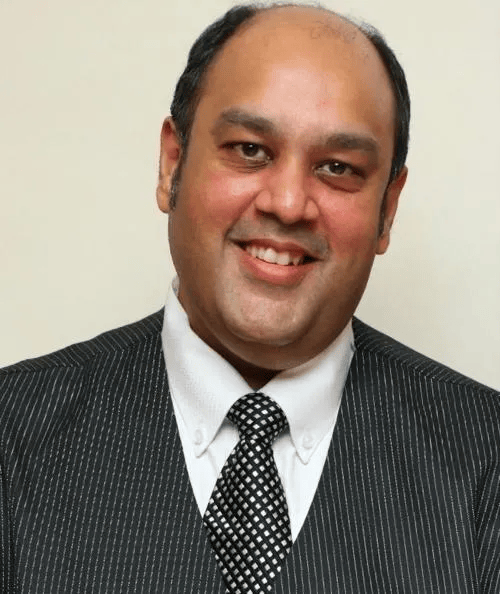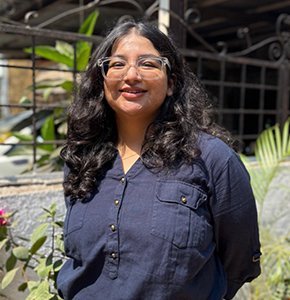
Autism Spectrum Disorder in adults and children is a complex neurodevelopmental condition that affects individuals in various ways, impacting their communication, social interaction, and behavior. While there is currently no cure for ASD, early diagnosis and intervention can significantly improve the quality of life for individuals with Autism. In this blog, we will delve into the signs and causes of Autism to better learn about the diagnosis and available treatment options for ASD.
What’s the Meaning of Spectrum in ASD?
ASD is aptly termed a “spectrum.” Why? It’s because it encompasses a variety of symptoms, behaviors, and challenges. At one end of the spectrum, individuals may exhibit profound difficulties with communication, social interaction, and repetitive behaviors, while at the other end, they may have tender symptoms and higher levels of functioning. No two individuals with Autism are exactly alike, making it essential to recognize and appreciate the diversity within the spectrum.
Developing Signs of Autism Spectrum Disorder in Adults & Children
According to health experts, the signs of autism spectrum disorder in adults & children may widely vary and impact individuals. Below, we have specifically mentioned the common ASD symptoms and behaviors among adults and children.
What Could be the Symptoms of ASD in Adults?
- Difficulty understanding behaviour cues, such as communicative gestures, body language, facial expressions, and tone of voice.
- Monotonous or unusual speech patterns, such as speaking in a formal or overly-detailed manner.
- Heightened sensitivity to sensory stimuli, such as loud noises, bright lights, textures, or certain smells, are also signs of Autism Spectrum Disorder in adults.
- Struggles with initiating or maintaining conversations, particularly in group settings.
- A literal interpretation of language and difficulty understanding sarcasm, jokes, or idiomatic expressions.
- Full of aggression and critical focus on particular subjects or hobbies, often to the exclusion of other interested activities.
- Engaging in repetitive behaviors or routines, such as lining up objects, following strict schedules, or adhering to specific rituals.
- Challenges with impulse control and emotional regulation.
- Difficulty transitioning between activities or tasks.
- Repetitive use of language or phrases.
- Unusual sensory-seeking behaviors, such as rocking, spinning, or hand-flapping.
Notable Signs of Autism Spectrum Disorder in Child
- Uncommon sensory interests, such as being overly sensitive to certain sounds, textures, tastes, or smells or seeking out sensory experiences like spinning or jumping.
- One of the signs of Autism Spectrum Disorder in child is the insistence on sameness or rigid adherence to routines, becoming upset by changes in their environment or daily schedule.
- Delayed or atypical development of play skills, such as imaginative play or engaging in social games with peers.
- Difficulty interpreting, processing, and following the same verbal instructions or body gestures.
- Lack of interest in social interaction, such as limited eye contact, not responding to their name, or avoiding physical touch or proximity.
- Limited or unusual use of gestures, such as pointing or waving.
- Following repetitive movements or actions, such as hand-flapping, rocking, spinning objects, or lining up toys in a specific order.
- Delayed or absent development of spoken language or unusual speech patterns is also a notable symptom of Autism Spectrum Disorder in child.
What Roots the Autism Spectrum Disorder in Adults and Children?
While the exact causes of Autism Spectrum Disorder are not fully understood, medical experts and their research suggest that a combination of genetic predisposition and environmental influences play a significant role in its development. Here’s a closer look at some of the key factors that may develop ASD in both adults and children:
Neurological Differences
- Healthcare experts, according to their brain imaging studies, have revealed differences in the structure and function of individuals’ brains. Such neurological differences can be the root signs of ASD among adults and children.
- Neurological differences may also involve abnormalities in brain connectivity and altered patterns of neural activity. Additionally, these differences in the size and organization of specific brain regions impact one’s social communication, sensory processing, and cognitive function.
- The precise nature of these brain structural differences is believed to contribute to the characteristic symptoms and behaviors associated with an autism spectrum disorder in adults and children.
Genetic Factors
- Genetic factors are believed to play a major role in the development of Autism Spectrum Disorder. Studies have shown that individuals with a family history of Autism or related developmental conditions are at an increased risk of developing ASD themselves.
- Research has identified numerous genes associated with Autism, many of which are involved in brain development, synapse formation, and neurotransmitter signalling. As a result, they may become a risk factor for autism spectrum disorder in child.
- However, no single gene has been identified as the sole cause of Autism, and it’s likely that a combination of genetic variations contributes to individual susceptibility to Autism in both children and adults.
Environmental Factors
- Environmental factors may also contribute to the development of Autism symptoms in adults and children, although their precise role is still not fully disclosed and understood.
- Prenatal factors such as maternal infections, exposure to certain medications or toxins, and maternal immune system dysfunction during pregnancy are some potential risk factors for autism spectrum disorder in child from the initial state.
- Early childhood factors such as exposure to environmental toxins, prenatal and perinatal complications, and early life stressors may also influence the risk of developing signs of ASD.
Diagnosis of Autism Spectrum Disorder
As per the statements of experts, diagnosing Autism can be a challenging process as there is no definitive medical test for it. Instead, healthcare professionals rely on a comprehensive assessment of one’s behavior and development. This assessment usually involves:
1. Developmental Screening
Developmental Paediatricians often conduct routine developmental screenings during routine visits. These screenings help them identify any developmental delays or concerns, including those related to Autism.
2. Diagnostic Evaluation
The next step to detect the signs of autism spectrum disorder in child is the diagnostic evaluation. If a child displays symptoms of Autism during developmental screening or if parents raise concerns about their child’s development, an in-depth diagnostic evaluation is conducted. This evaluation may include observations of the child’s behavior, discussion rounds with parents and caregivers, and standardized tests planned to assess communication, social interaction, and other areas of development.
3. Criteria for Autism Diagnostic
The diagnostic criteria for Autism are outlined in multiple handbooks by health experts. To receive these diagnoses of Autism, individuals must display persistent deficits in social communication and interaction, as well as restricted, repetitive patterns of behavior, interests, or activities. Symptoms must be present in early childhood, even if they may not become fully manifest until later.
What are the Available Autism Spectrum Disorder Treatment Options?
While there is no cure for Autism, there are various Autism Spectrum Disorder treatment options available to help individuals manage symptoms and improve their quality of life. These treatments are often tailored to the specific needs of each individual and may include:
Behavioural Therapy Treatment
One of the most recommended autism spectrum disorder therapy treatments is behavioural therapy. It includes Applied Behavior Analysis (ABA), which is widely used to help individuals with autism develop social, communication, and daily living skills. These therapies focus on reinforcing desired behaviors and reducing challenging behaviors through positive reinforcement techniques.
Speech and Language Therapy
As discussed above, many individuals with Autism experience communication challenges, including difficulties with speech, language, and social communication skills. Speech therapy can help individuals improve their communication abilities, including articulation, vocabulary, and social pragmatics.
Occupational Therapy
Occupational therapy is also a popular autism spectrum disorder therapy treatment that aims to improve the lives of individuals with Autism. Occupational therapy helps autistic people develop the skills to promote their everyday activities and improve their independence. Eventually, it may include developing fine motor skills, sensory integration techniques, and strategies for managing sensory sensitivities.
Supportive Services
Supportive services, such as special education programs, social skills groups, and vocational training, can significantly help autistic people. Such services act as an effective Autism Spectrum Disorder treatment, providing the required resources and support people with autism need to stay normal in school, work, and social settings.
In a Nutshell..!
In bringing this blog to its end, we can say that diagnosing and treating Autism requires a comprehensive approach. It’s because it addresses the unique needs of each individual. Early diagnosis and intervention are crucial for maximizing outcomes and improving the quality of life for autistic people. By exploring the signs, causes, diagnostic process and various treatment options available for autism spectrum disorder in adults, it’s a little easier to support individuals with autism. Hopefully, this post has provided you with all the necessary insights.















